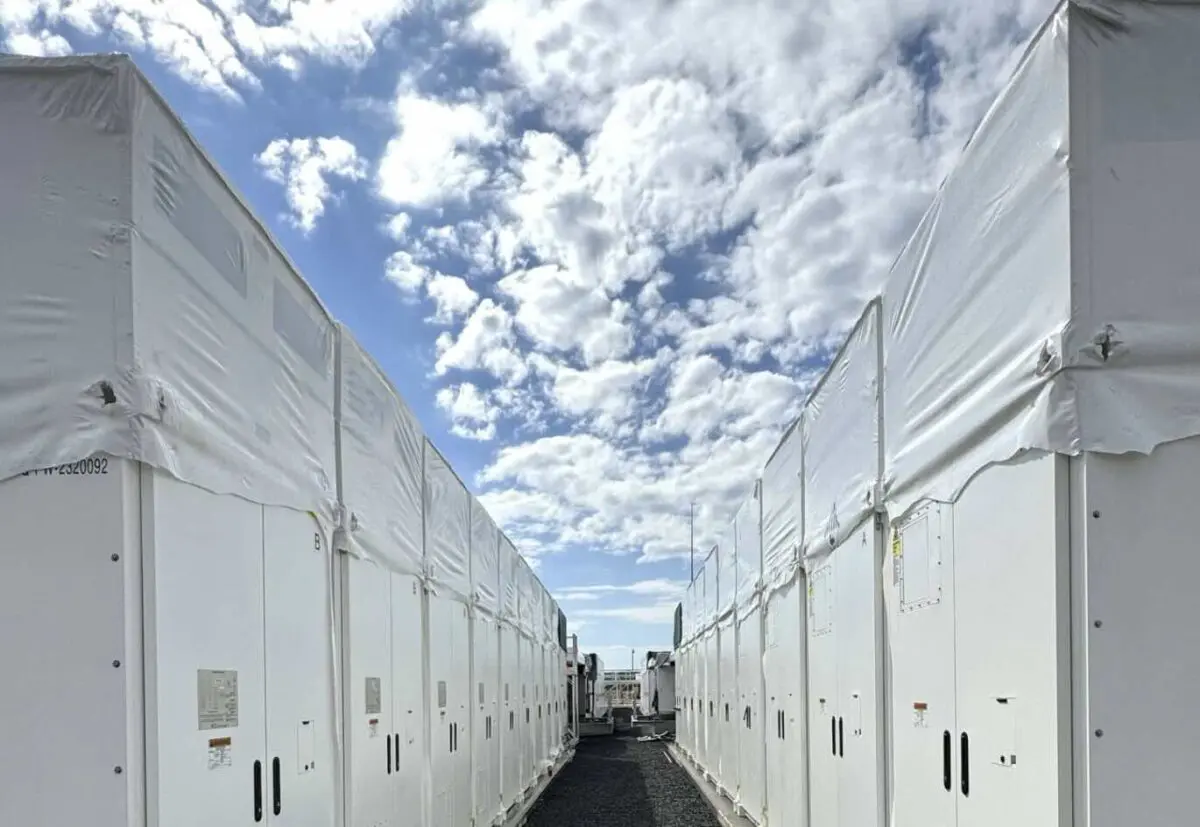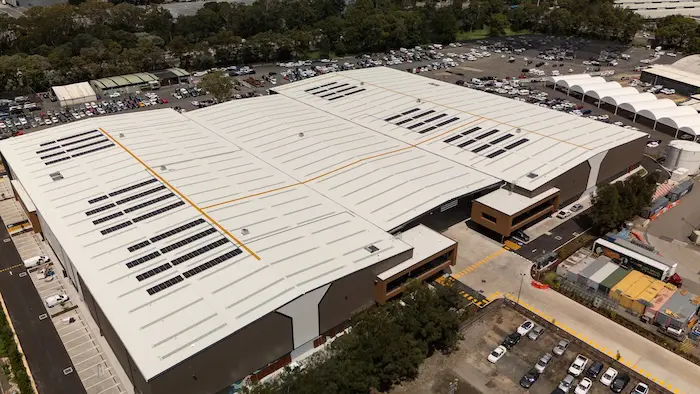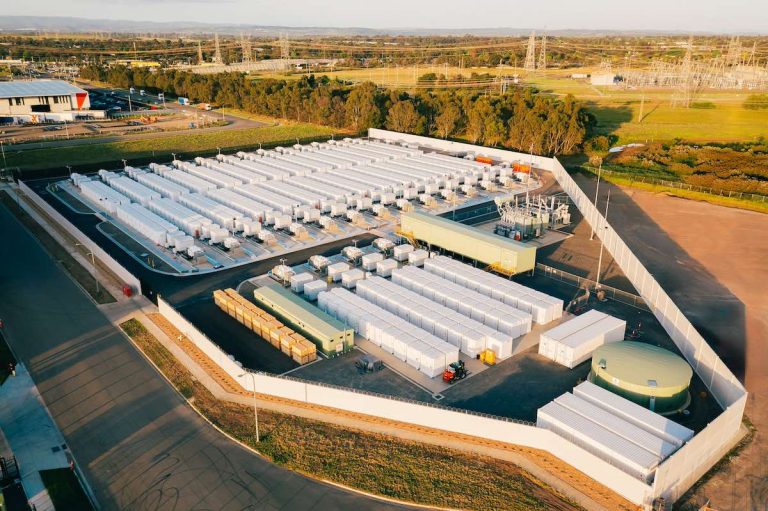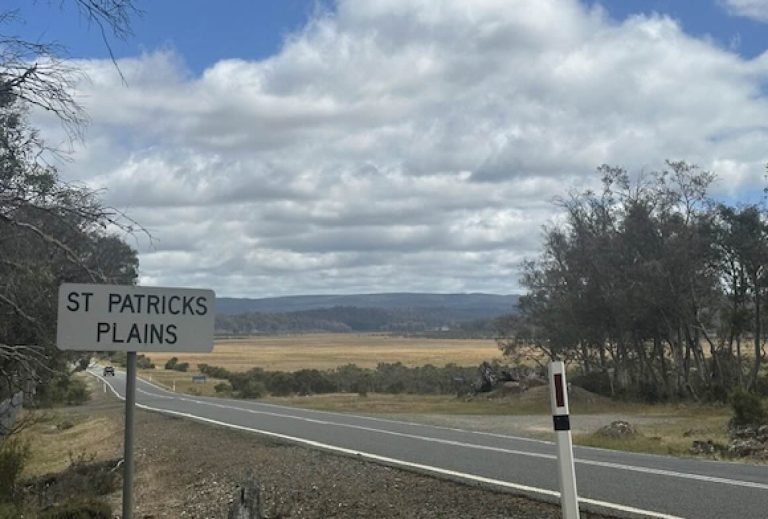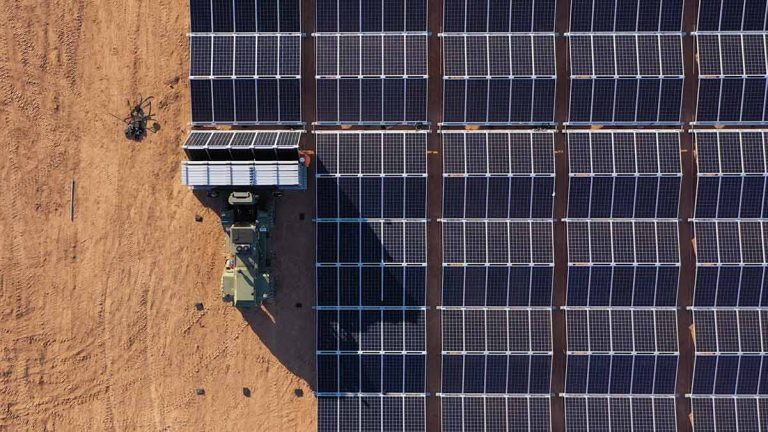Big Batteries Absorb Excess Solar, Reduce Negative Prices
Recent data has highlighted a significant increase in customer load due to the growing number of large batteries, which have effectively absorbed excess wind and solar energy. This development has contributed to a reduction in the hours during which wholesale prices fell below zero over the past month.
The latest monthly report from Rystad Energy indicates that large-scale solar and wind power generated a total of 4,863 gigawatt-hours (GWh) of electricity in August, marking a 12 per cent rise compared to the same period last year.
Decline in Negative Pricing Hours
Despite the surge in energy generation, the National Electricity Market (NEM) and the Western Australia Market (WEM) experienced 554 hours of negative pricing in August, a decrease from both August 2024 and August 2023 figures. David Dixon from Rystad attributes this trend to a combination of heightened demand driven by increased electrification and a colder winter, alongside the enhanced charging capabilities of utility-scale batteries and pumped hydro systems.
Dixon noted on LinkedIn, “There’s been exponential growth in load from utility batteries (1.4 TWh – Trailing 12 months), which are anticipated to surpass pumped hydro (2.0 TWh – Trailing 12 months) within the next 6-12 months as more utility batteries come online.”
Victoria Leads in Renewable Generation
In terms of generation, Victoria emerged as the top performer in August, producing a total of 1,363 GWh, with 1,188 GWh sourced from wind and 175 GWh from utility-scale solar. However, the leading wind assets for the month were primarily situated in Western Australia, South Australia, and New South Wales. Notably, Potentia Energy’s Flat Rocks wind farm in WA achieved an impressive capacity factor (CF) of 54.6%.
In South Australia, the Atmos Renewables and Neoen-owned Hornsdale stage 1 wind farm secured second place with a capacity factor of 47.4%, while Squadron Energy’s Bango stage 2 wind farm in NSW recorded a CF of 46.3%.
Top Solar Performers in Queensland
When it comes to solar energy, the leading assets were predominantly located in Queensland. The Haughton stage 1 solar farm operated by Pacific Blue Australia achieved a capacity factor of 29.5% AC for the month, followed closely by Metka’s Moura solar farm at 29.2% AC CF and Lighthouse Infrastructure’s Emerald solar farm at 27.9% AC CF.
Overall, renewable energy sources, including solar PV, wind, hydro, and biomass, accounted for 40 per cent of electricity generation in the NEM during August, while the WEM saw a contribution of 36% from renewables.
